I have posted about 10 times on the theme of “Mapo Tofu”, and today I would like to summarize them.
“Normal Spiciness” and ”Authentic Spiciness”
Let’s talk about how to enjoy “Mapo Tofu” in Chinatown, but first, let’s talk about the spiciness.
I used to use the term “super spicy” casually, but recently dishes like “super, super spicy” often appear on TV and the Internet.
Some of the dishes are so outrageous that they seem to be filled with several cups of chili peppers.
I want to exclude that kind of spiciness, so I will speak of spiciness in two words here.
They are “normal spiciness” and “authentic spiciness”.
The “normal spiciness” is defined as a level of spiciness that anyone can eat, except for those who have a complete aversion to spiciness.
Think of it as the “hot” level of retort-packed mapo tofu or curry.
The “authentic spiciness” is defined as spice-rich spiciness centering on “Mah” represented by sansho and “Rah” represented by chili peppers.
The spiciness of the dish is normal for Chinese people in China, but it is spicy enough to make us Japanese sweat when we eat it.
If you want “normal spiciness”
First of all, if you want to eat a delicious “normal spicy” mapo tofu, the story is simple.
Wherever you go to any of the restaurants I recommend, you will most likely be asked to confirm the spiciness, so if you say “normal spiciness” or “not too spicy,” that should generally be OK.
On the other hand, there may be cases where you are disappointed that the food is not as spicy as expected, or that it is too sweet.
In such cases, it is recommended that you adjust yourself instead of giving up.
The method is simple: ask for “chili (powder) please” or “sansho (powder) please” and most restaurants will give it to you for free.
If you add too much of the powder, the balance of the flavor may be broken and it may become “just spicy,” but if you sprinkle the powder little by little, you can bring the spiciness to your liking.
In particular, try pepper powder, which I believe is more effective than chili pepper.
Incidentally, the photo below is a version of the “normal spicy” lunch at the “SuuroSaikan Bekkan” where I asked for “spicy”.
At Szechuan restaurants, if you want the “authentic spicy” mapo tofu, you will have to order that, and the price will go up.
However, some restaurants, like this one, are more flexible.
If you want “authentic spiciness”
If you want to taste “authentic spiciness” mapo tofu, I think it is safe to go to a Szechuan restaurant that claims spiciness as the default.
If you want to taste “authentic spiciness” at a reasonable price, especially for lunch on weekdays, “Kyokaro” and “ShahoShuro” would be the top two.
And of course, I can recommend other Sichuan restaurant affiliates such as “JukeiHanten”, “Keitokuchin”, and “Fukuman-en”.
Arranged version of “Mapo Tofu”
Some Chinatown restaurants serve a variation, “Arranged Mapo Tofu”.
Sometimes rare items that are not on the regular menu are served for lunch or other occasions, so if you have the opportunity, please try them.
Among them, “ShimonSyuro” is the king of arrangements. I was repeatedly surprised by the seafood dishes, especially the “Mapo Tofu” with oysters, albacore, and scallops.
“Toki” is a deep restaurant that often features many different variants. It has a tough habit, but those who are into it will be hooked, haha.
“Shinron” is a restaurant famous for its “White Mapo Tofu”. This is the regular menu.
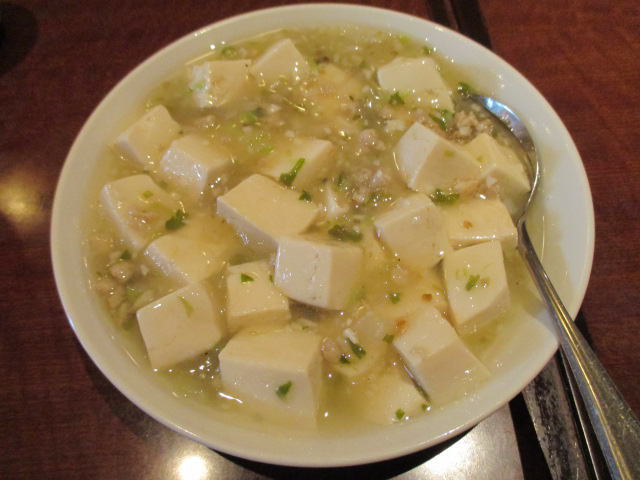
Chinatown offers a wide variety of enjoyment in the form of “Mapo Tofu”. I hope you will visit Chinatown as well.

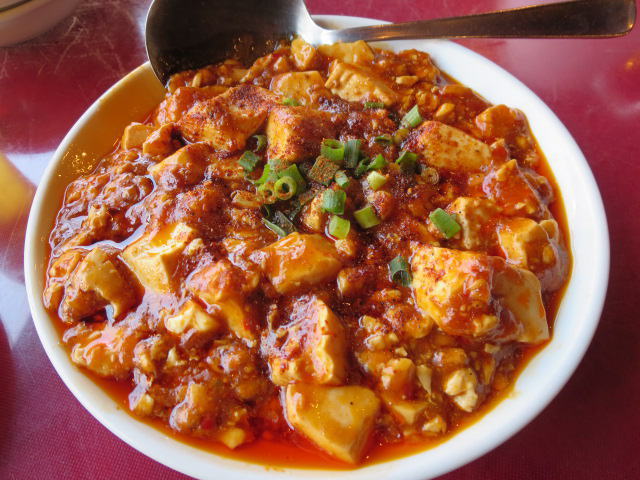
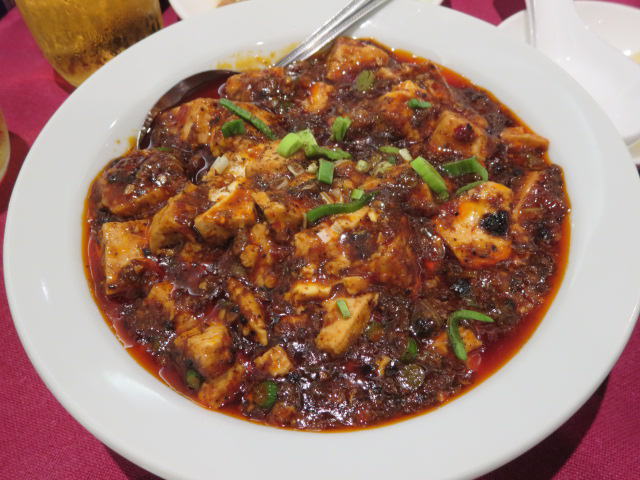
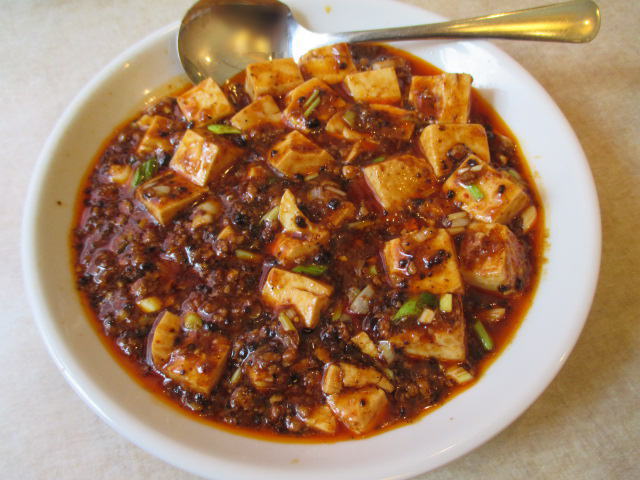
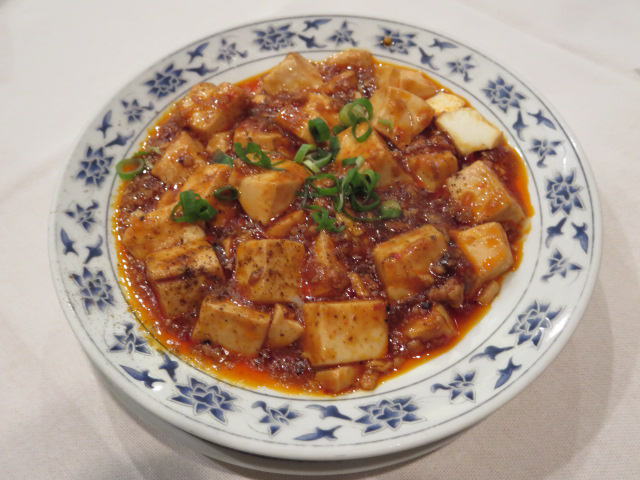
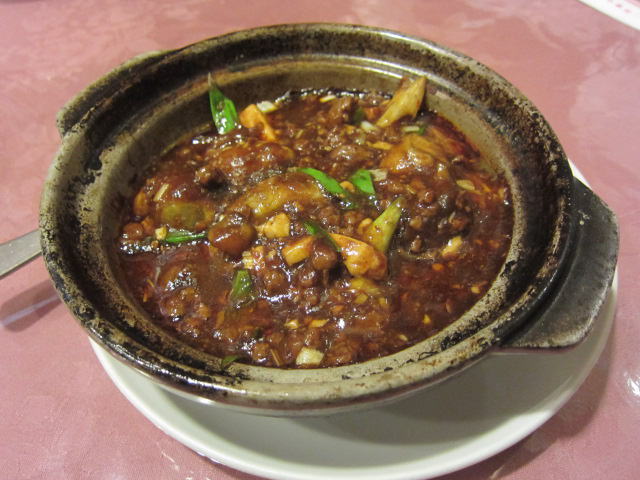
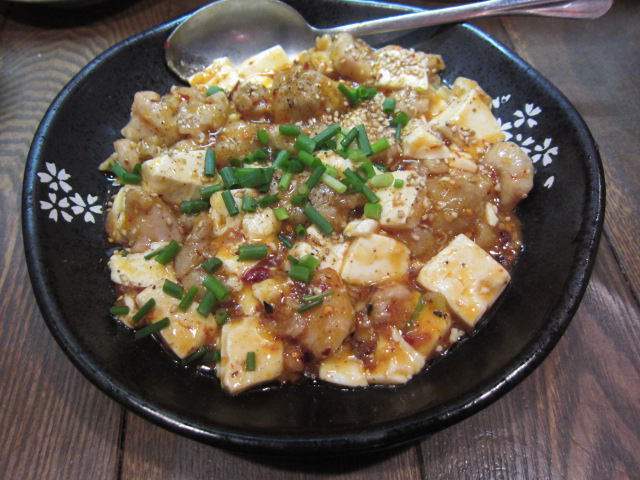





Comment